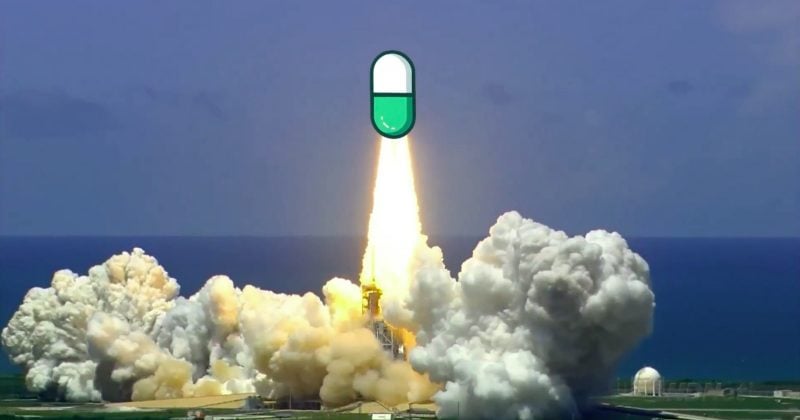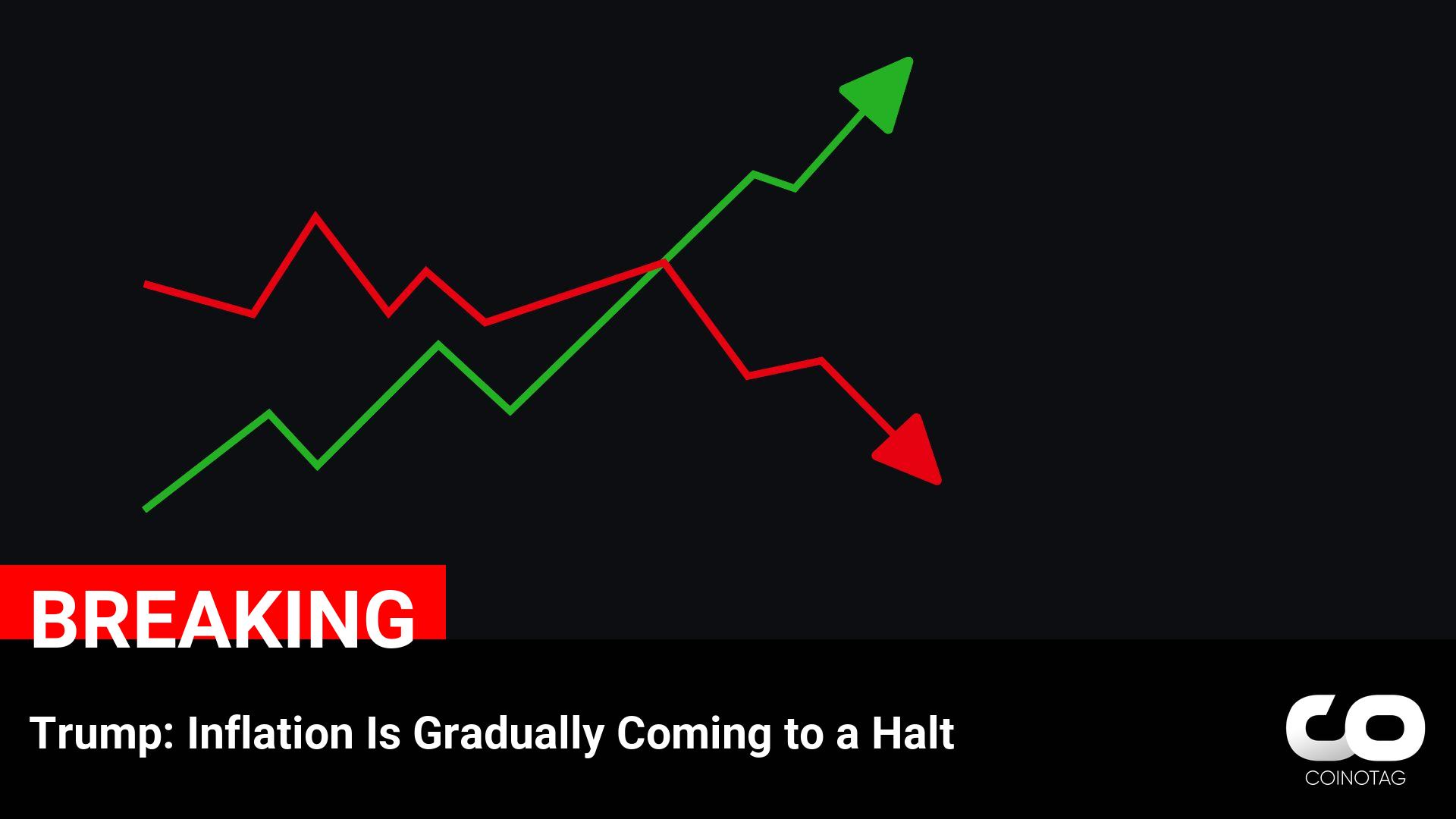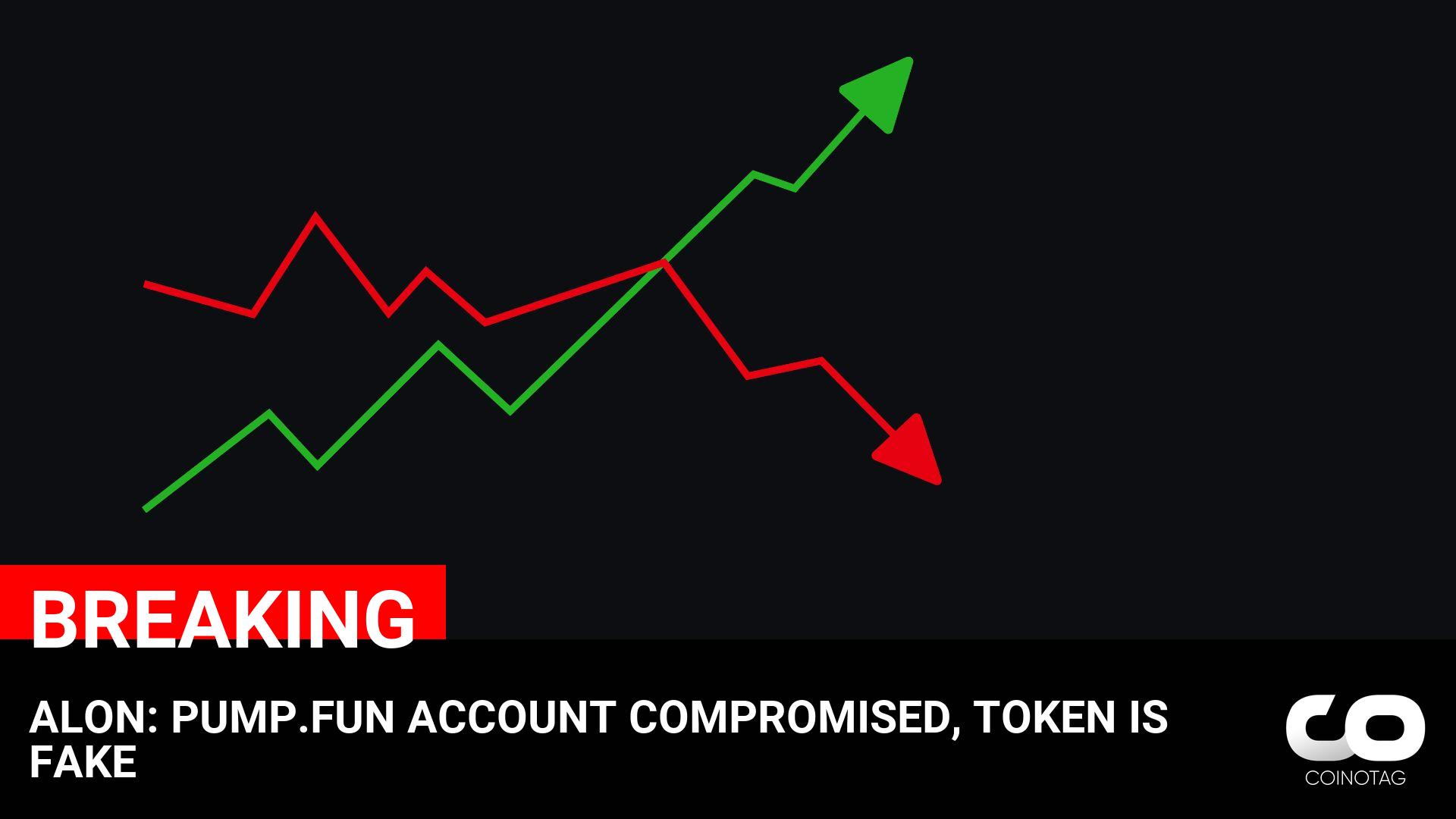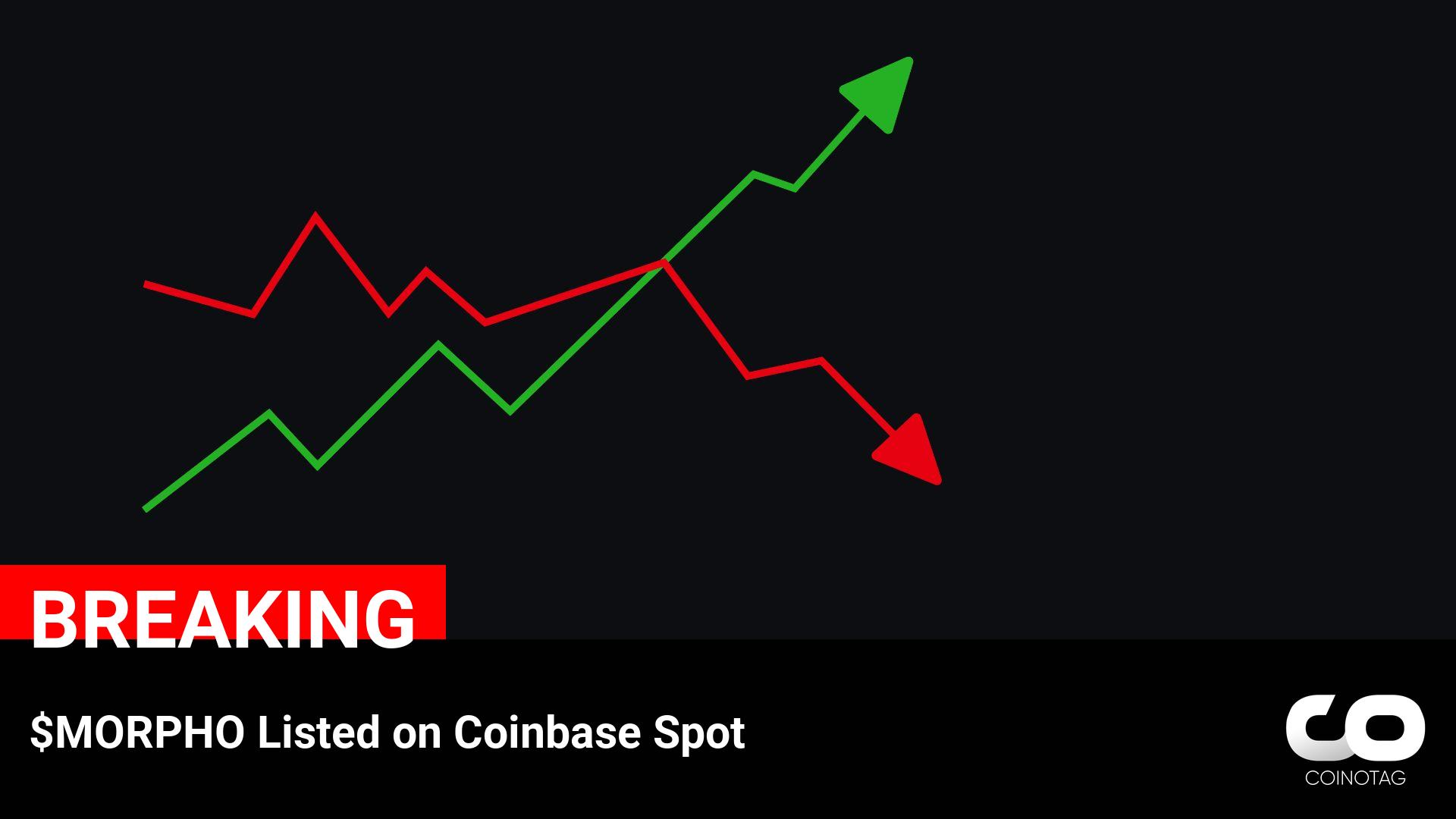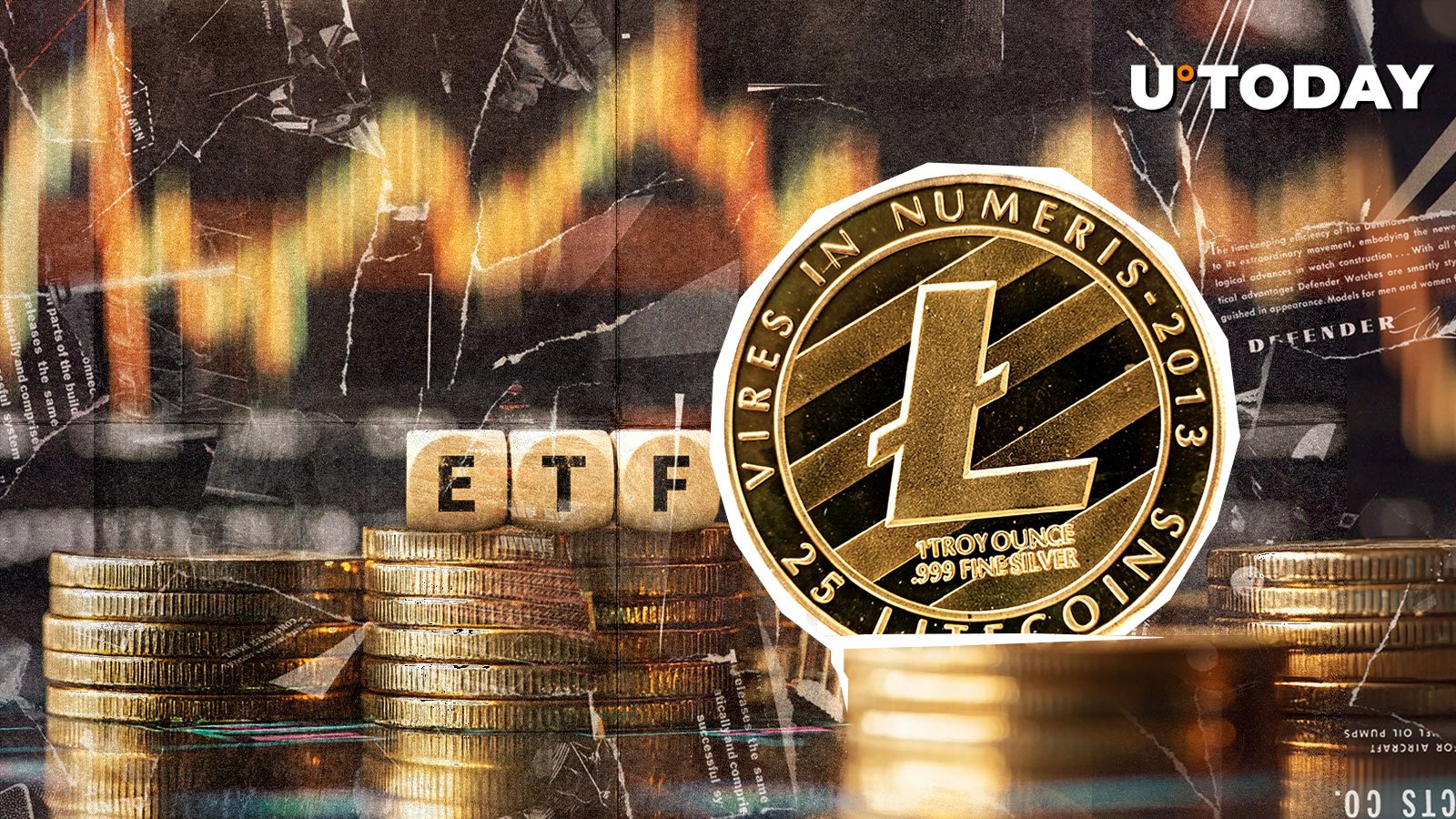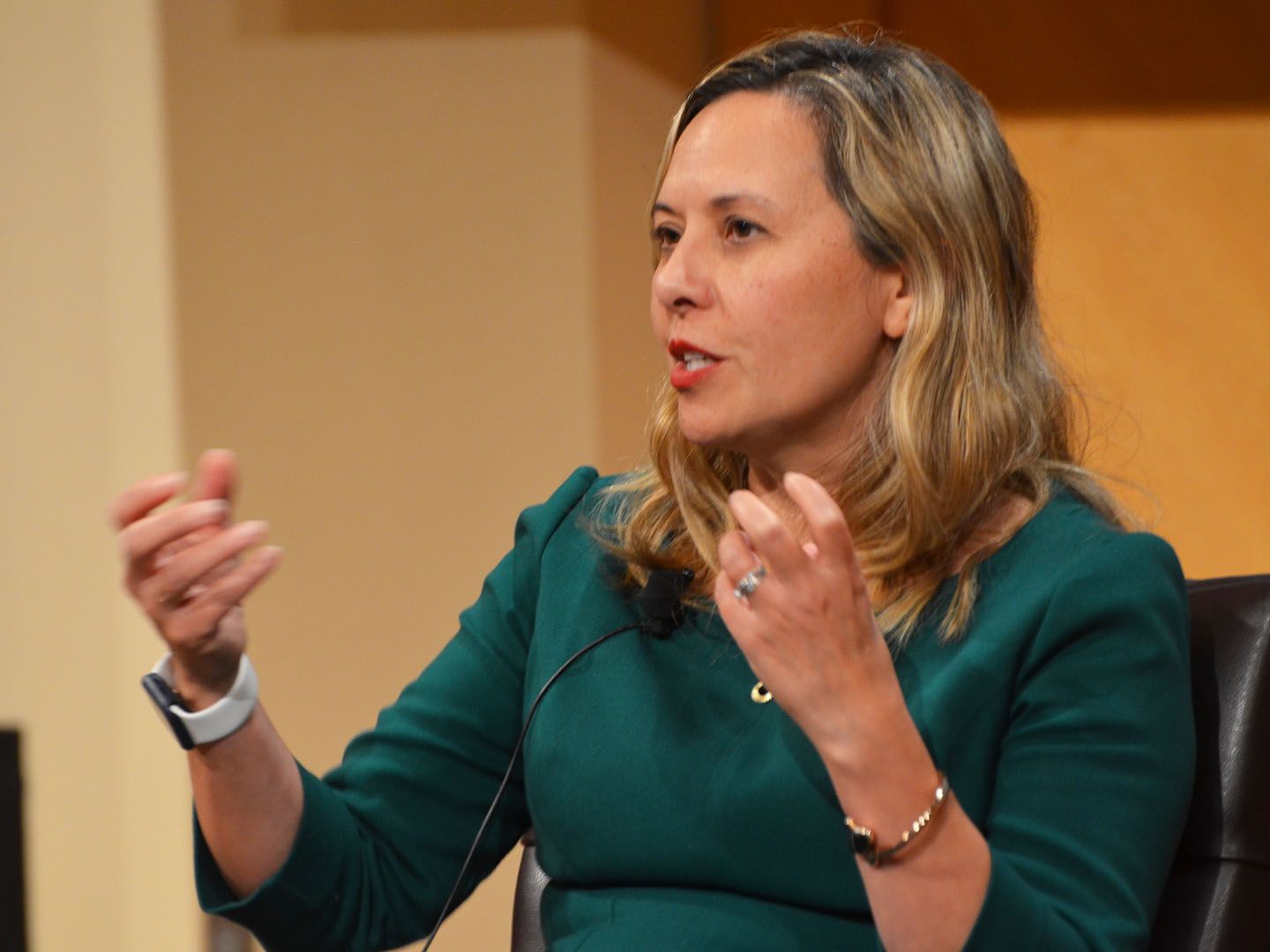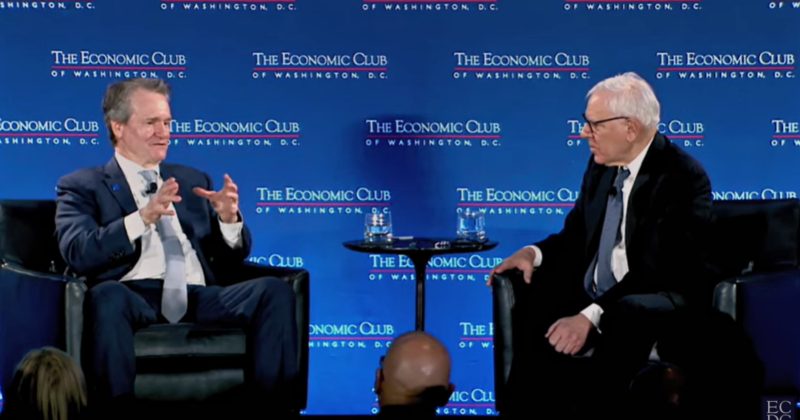
Bitcoin’s recent price crash took the entire market by surprise, leaving bullish investors reeling in losses. Particularly, this crash saw Bitcoin losing its foothold at the $90,000 price level and extended a crash across multiple cryptocurrencies. Technical analyst Rekt Capital identified this pullback as a downside deviation within a re-accumulation range, hinting at potential market changes in the coming weeks. Bitcoin’s Drop Below $90,000: A Necessary Reset? Bitcoin’s break below $90,000 in the past few days marks its first time trading below this level since November 2024. After months of sustained upward momentum, Bitcoin started to consolidate below the $100,000 price level, spending most weeks trading between $90,000 and $100,000. Related Reading: Bitcoin Long-Term Holders Officially Enter Into Greed Territory, Is This Good Or Bad For Price? This consolidation phase, while unsettling to some investors, was interpreted by some analysts as a natural part of Bitcoin’s broader market cycle. Crypto analyst Rekt Capital has pointed out that Bitcoin frequently undergoes phases of re-accumulation during bull cycles, allowing the market to reset before the next leg upward. According to his assessment, the current price movement aligns with historical trends, where Bitcoin establishes an accumulation floor before another rally. Interestingly, Bitcoin’s recent break below $90,000 is part of this reaccumulation range phenomenon. Rekt Capital describes this as a “downside deviation” below the range low, which is a pattern Bitcoin has exhibited multiple times in past cycles. What To Expect From BTC’s Next Move Re-accumulation phases are generally highlighted by buying pressure among a few whales and retail investors while the larger market continues to sell. According to data from on-chain analytics platform Glassnode, some long-term Bitcoin holders have remained unfazed by the recent price crash. In fact, the latest selloff has presented them with a key accumulation opportunity, with these long-term addresses increasing their total Bitcoin holdings by 20,400 BTC in the past 48 hours. Related Reading: This Analyst Correctly Predicted The Bitcoin Price Crash To $99,000, Here’s What’s Supposed To Happen Next Bitcoin’s future trajectory will depend on how it reacts within this re-accumulation range. If Bitcoin successfully reclaims $90,000, it could confirm that the break below was merely a shakeout before further gains. A strong rebound from this level would likely reignite bullish sentiment, potentially paving the way for a substantial break above $100,000. However, an extended decline below $90,000 could be very devastating for Bitcoin and its long-term holders who are currently accumulating in the reaccumulation zone, as there isn’t much of a support level to prop up any downtrend until the $70,000 price level. At the time of writing, BTC is trading at $88,628, reflecting a 7.5% decline over the past seven days. However, the cryptocurrency has shown early signs of stabilization, having rebounded by roughly 2% after hitting an intraday low of $86,867. Featured image from Adobe Stock, chart from Tradingview.com
NewsBTC
You can visit the page to read the article.
Source: NewsBTC
Disclaimer: The opinion expressed here is not investment advice – it is provided for informational purposes only. It does not necessarily reflect the opinion of BitMaden. Every investment and all trading involves risk, so you should always perform your own research prior to making decisions. We do not recommend investing money you cannot afford to lose.
Ethereum Foundation Supports Tornado Cash Developer Alexey Pertsev’s Legal Defense Amid Controversial Money Laundering Case
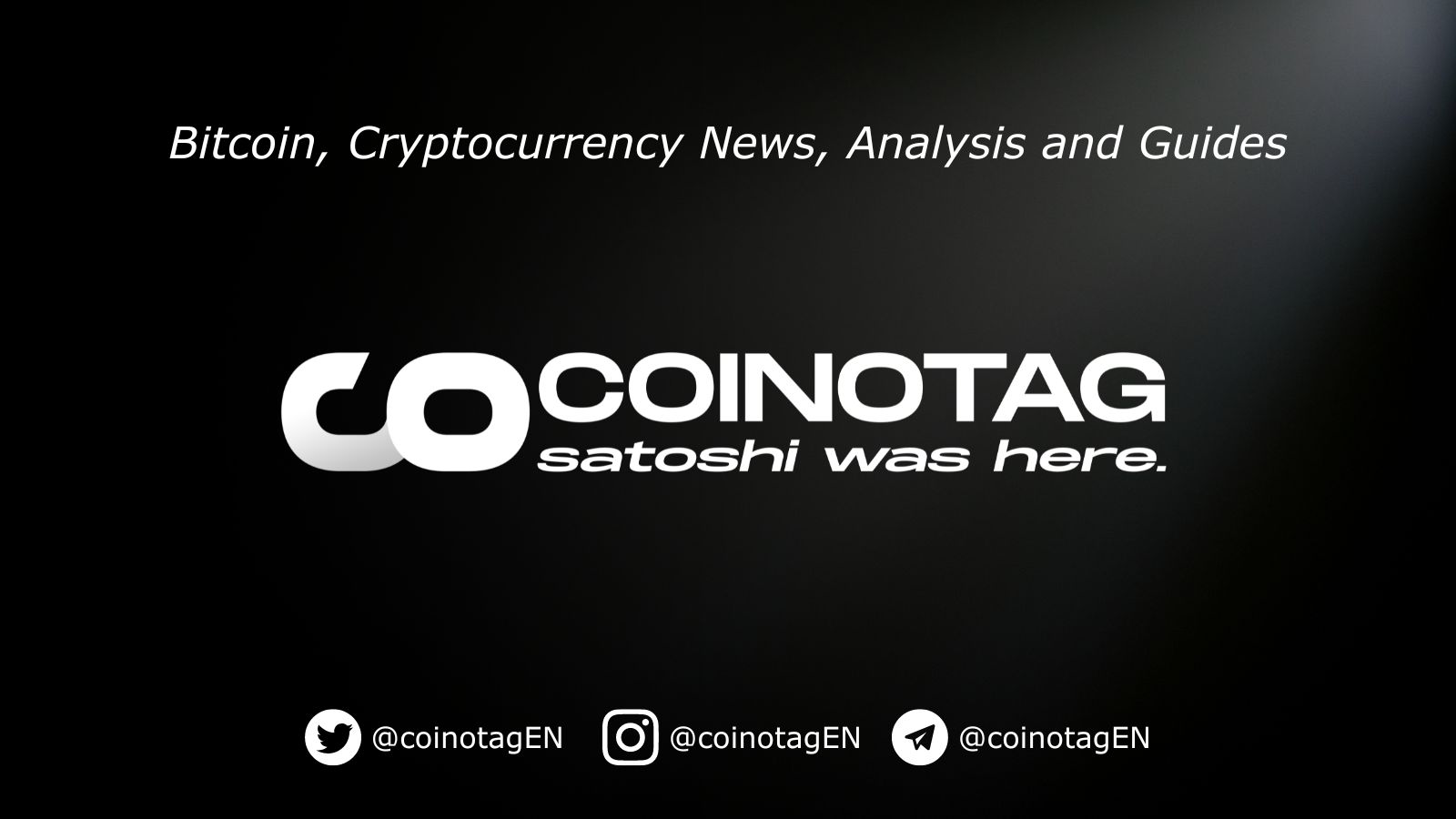
The Ethereum Foundation has stepped up to support Tornado Cash developer Alexey Pertsev, who faces legal challenges following his conviction on money-laundering charges. In an unprecedented move, the Foundation announced NewsBTC
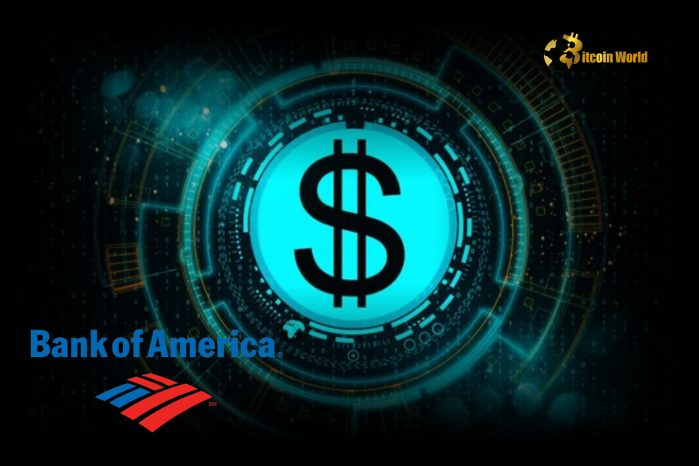
SHOCKING Revelation: Bank of America’s Stablecoin Launch to Revolutionize Crypto Adoption?
Hold onto your hats, crypto enthusiasts! The traditional finance world is stirring, and this time it’s a giant making waves. Bank of America (BofA), one of the titans of traditional banking, is hinting at a foray into the exciting realm of stablecoins. Could this be the catalyst for even wider crypto adoption ? Let’s dive into the details of this potentially game-changing development and explore what it could mean for the future of finance. What’s the Buzz About Bank of America and Stablecoins? News broke recently, originating from a Fortune report cited by Wu Blockchain on X, that Bank of America CEO Brian Moynihan has dropped hints about the bank’s impending entry into the stablecoin market. Moynihan reportedly indicated that Bank of America is gearing up to launch its own stablecoin , potentially named BofA tokens. These tokens are expected to be pegged 1:1 to U.S. dollar deposit accounts, essentially creating a digital dollar within the Bank of America ecosystem. This isn’t just idle chatter; it’s a strong signal that one of the largest financial institutions in the world is seriously considering the potential of crypto adoption through stablecoins. Here’s a quick breakdown of what we know so far: CEO Hint: Brian Moynihan, Bank of America CEO, suggested the stablecoin business is “coming soon.” Source: The information comes from Wu Blockchain, citing Fortune. BofA Token: The bank may introduce stablecoins named BofA tokens. Pegged to USD: These tokens are expected to be pegged to U.S. dollar deposit accounts. Why is Bank of America Exploring a US Dollar Stablecoin? Why would a traditional banking giant like Bank of America venture into the world of US dollar stablecoin ? The answer lies in the compelling benefits that stablecoins offer, both for financial institutions and their customers. Let’s consider some key drivers: Efficiency and Speed: Traditional banking transactions can be slow and cumbersome, especially for international transfers. Stablecoins, leveraging blockchain technology, can offer near-instantaneous transactions, reducing settlement times from days to seconds. This increased efficiency can significantly improve customer experience and reduce operational costs for Bank of America. Reduced Transaction Costs: Wire transfers and other traditional payment methods often come with hefty fees. Stablecoins can drastically reduce these transaction costs, making payments more affordable, particularly for cross-border transactions. This could be a major draw for Bank of America’s global customer base. 24/7 Accessibility: Traditional banking operates within business hours. The crypto world, and by extension, stablecoins, operate 24/7, 365 days a year. This always-on accessibility provides unparalleled convenience for customers, allowing them to transact at any time, from anywhere in the world. Innovation and Future-Proofing: The financial landscape is rapidly evolving, with digital assets becoming increasingly mainstream. By embracing stablecoins, Bank of America is positioning itself at the forefront of financial innovation, ensuring it remains relevant and competitive in a digital-first future. This is a proactive step towards future-proofing their business model. Attracting a New Customer Base: The younger generation and tech-savvy individuals are increasingly drawn to digital assets. Offering a US dollar stablecoin can help Bank of America attract and retain this growing demographic, expanding their customer base and market share. Benefits of BofA Stablecoin for Crypto Adoption Bank of America’s potential foray into stablecoins is not just beneficial for the bank itself; it could have significant positive ripple effects on the broader crypto adoption landscape. Here’s how: Mainstream Validation: When a financial institution of Bank of America’s stature embraces stablecoins, it sends a powerful message of validation to the mainstream public. It signals that digital assets are not just a fringe phenomenon but a legitimate and increasingly important part of the financial system. This validation can reduce skepticism and encourage wider adoption. Increased Liquidity and Accessibility: A BofA stablecoin could significantly increase the liquidity and accessibility of stablecoins for a wider audience. Bank of America’s vast network and customer base can introduce stablecoins to millions of new users who may not have previously engaged with digital assets. Bridging Traditional and Crypto Finance: Stablecoins act as a crucial bridge between the traditional financial system and the crypto world. A Bank of America stablecoin can further strengthen this bridge, making it easier for individuals and institutions to move between fiat currencies and digital assets seamlessly. This interconnectedness is vital for the continued growth and maturity of the crypto market. Regulatory Comfort: Bank of America, as a regulated financial institution, operates under strict compliance standards. Its involvement in stablecoins could potentially foster greater regulatory comfort around digital assets. If a major bank can navigate the regulatory landscape and launch a compliant stablecoin, it could pave the way for clearer and more favorable regulations for the entire crypto industry. Challenges and Considerations for Bank of America’s Stablecoin Venture While the potential benefits are substantial, Bank of America’s stablecoin journey won’t be without its hurdles. Launching a BofA token and navigating the complexities of the stablecoin market presents several challenges and considerations: Challenge Description Regulatory Scrutiny Stablecoins are under intense regulatory scrutiny globally. Bank of America will need to navigate a complex and evolving regulatory landscape, ensuring full compliance with all applicable laws and regulations. This includes KYC (Know Your Customer) and AML (Anti-Money Laundering) requirements. Security Risks Like all digital assets, stablecoins are susceptible to security risks, including hacking and theft. Bank of America will need to implement robust security measures to protect its stablecoin infrastructure and user funds. Ensuring the security and integrity of the BofA token will be paramount. Maintaining the Peg A stablecoin’s credibility hinges on maintaining its peg to the underlying fiat currency, in this case, the US dollar. Bank of America will need to establish and maintain transparent and reliable mechanisms to ensure the 1:1 peg of the US dollar stablecoin . This often involves holding sufficient reserves of the pegged asset. Competition in the Stablecoin Market The stablecoin market is already crowded with established players like Tether (USDT) and Circle (USDC). Bank of America will need to differentiate its offering and carve out a competitive niche to succeed. Leveraging its existing customer base and brand reputation will be crucial. Public Perception and Trust While Bank of America’s brand lends credibility, the crypto space still faces public skepticism. Building trust and educating the public about the benefits and security of its stablecoin will be essential for successful crypto adoption of the BofA token. Actionable Insights: What Does This Mean for Crypto Investors? The potential launch of a Bank of America stablecoin is a significant development that crypto investors should pay close attention to. Here are some actionable insights: Monitor Regulatory Developments: Keep an eye on regulatory frameworks surrounding stablecoins, particularly in the US. Clarity and favorable regulations could further boost institutional involvement and crypto adoption . Track BofA’s Progress: Follow Bank of America’s announcements and developments regarding their stablecoin initiative. Successful launch and adoption could signal a broader trend of traditional financial institutions embracing digital assets. Consider Diversification: The entry of traditional finance players into crypto could lead to increased market stability and liquidity. Consider how stablecoins, and potentially a BofA token, fit into your diversified crypto portfolio. Evaluate Long-Term Implications: Think about the long-term implications of traditional banks issuing stablecoins. This could be a major step towards mainstream crypto adoption and the integration of digital assets into everyday finance. Conclusion: A Bold Step Towards Mainstream Crypto? Bank of America’s hinted foray into stablecoins represents a potentially monumental shift in the cryptocurrency landscape. While challenges remain, the benefits for efficiency, accessibility, and crypto adoption are undeniable. If Bank of America successfully launches its US dollar stablecoin , it could be a watershed moment, signaling the deepening integration of traditional finance and the digital asset world. This move could not only benefit Bank of America and its customers but also pave the way for wider acceptance and utilization of cryptocurrencies in the global financial system. The journey is just beginning, and the crypto world is watching with bated breath to see what unfolds. To learn more about the latest crypto market trends, explore our article on key developments shaping stablecoin adoption. NewsBTC


